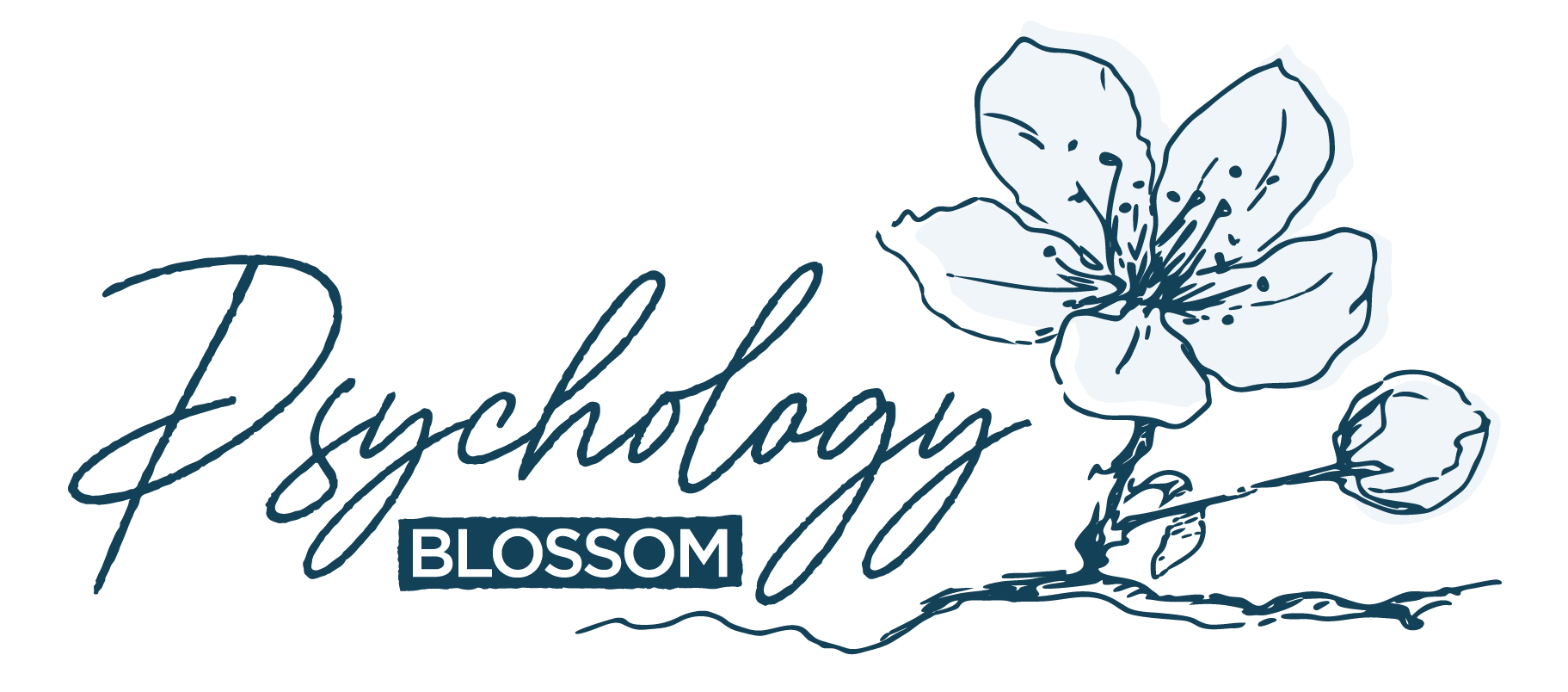Kleptomania
Those experiencing kleptomania would experience the inability to resist impulses to steal objects, even though the items are of no personal monetary value or personal use. Kleptomania is categorised as an impulse control disorder, and may often occur together with other mental disorders such as anxiety and eating disorders.
Kleptomania VS Shoplifting/Theft
✽ Type of Items
Kleptomania: Items stolen are not for personal gain/revenge/rebellion
Shoplifting/Theft: Items have monetary or personal value
✽ Prior to Act
Kleptomania: Act of stealing is unplanned and occurs when impulses are triggered
Shoplifting/Theft: Prior planning and possible help/collaboration with others
✽ After Act
Kleptomania: Items may be donated, hidden, or returned secretly
Shoplifting/Theft: Items are used for personal gains
Criteria in DSM-5
- Failure to resist urges to steal items that one does not need
- Act of stealing is not for anger or vengeance
- Feeling increased anxiety, tension, and arousal leading up to the theft
- Feeling pleasure or relief while stealing
- Feelings of guilt, shame or remorse after theft
- Return of the urges and repetition of the kleptomania cycle
Knowing Someone that May have Kleptomania
- Approach calmly and raise concern for well-being
- Avoid shaming or accusing person
- Express worry about risks of compulsive stealing (e.g. being arrested, loss of job, or damages to interpersonal relationships)
- Encourage seeking professional (can be effectively treated with therapy)
Treatment
Kleptomania is typically treated with behavioural therapy, psychoanalytic oriented psychotherapy, Cognitive Behavioural Therapy (CBT), pharmacotherapy or a combination of pharmacotherapy and a behavioural therapy. CBT is especially effective for impulse control disorders as it helps us to better understand why these impulses happen and what are some better ways to cope with the anxiety and discomfort when having the urge to steal. At Psychology Blossom, our psychologists are trained to conduct CBT which can help you to adopt adaptive ways to resist the temptation to steal.
Techniques Used in CBT
- Covert Sensitization: Imagining act and possible consequences of stealing
- Imaginal Desensitization: Imagining to not act on strong urges to steal
- Aversion Therapy: Repeated pairing of unwanted behavior (e.g. stealing) with discomfort or mildly painful behaviors (e.g. holding breath)
- Alternative Sources of Satisfaction or Gratification: Partake in other activities that can also provide arousal
